
Environment
Facing our environmental crisis head on
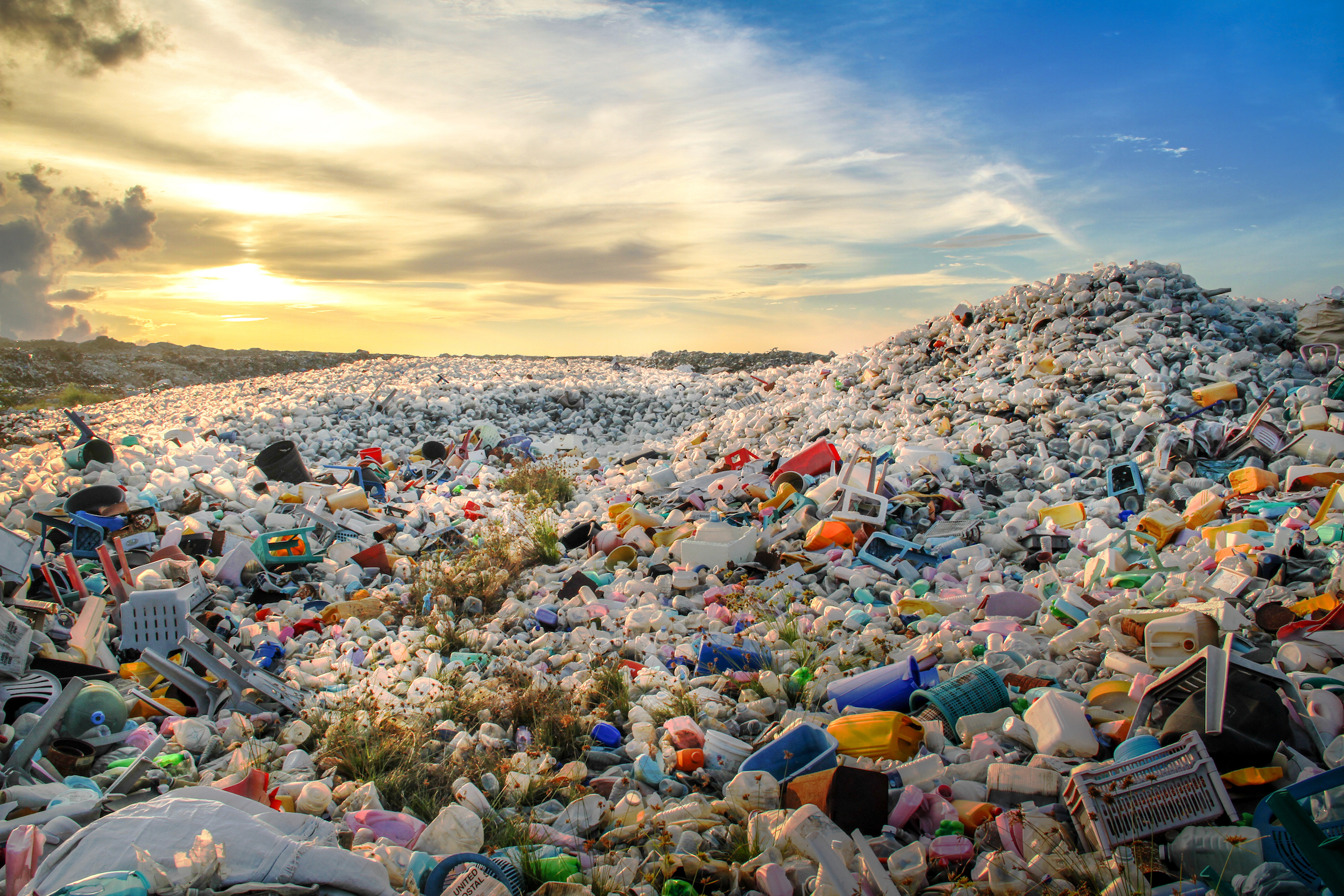
Amino acid is the building block of life and researchers are aiming to use them as the basis to chemically produce compostable plastics to help address our worsening plastic waste problem
Published 3 July 2019
Plastic is simply a polymer – a repeating chain of molecules – but it’s incredibly useful.
First invented about a hundred years ago, it can be endlessly flexible or hard as rock, even though it’s lightweight. And courtesy of its backbone of long chains of carbon molecules, sourced from fossil fuels formed over millions of years, it’s virtually indestructible.
And today, that’s the problem.
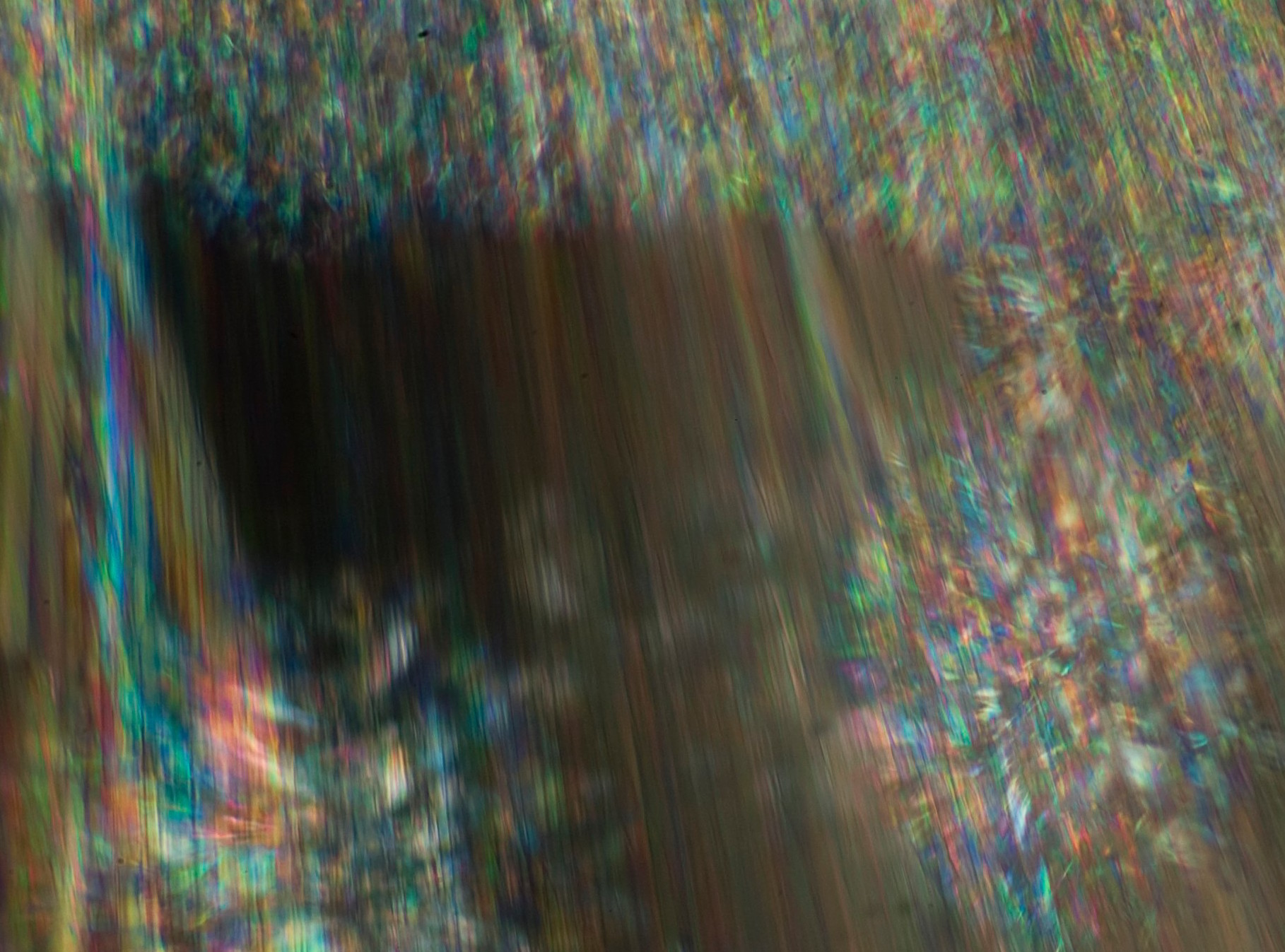
Plastic just doesn’t disappear quickly, and it breaks down into micro plastics. Over 380 million tonnes of plastic is produced every year, of which less than 10 per cent is recycled. In 2017, researchers estimated we’d generated some 6.3 billion tonnes of plastic waste – 80 per cent of which is in landfill.
Based on current trends, plastic waste dumped in landfill and the environment will reach 12 billion tonnes by 2050.
Apart from ramping up recycling and reducing our use of plastic, the key to solving the plastics waste problem is to make a plastic-like material that can completely biodegrade, becoming compost that’s recycled by nature in the same way as other natural materials.

Environment
Facing our environmental crisis head on
The problem is leading scientists to focus on making materials from another polymer, but one that is the building block of life – amino acids.
Our bodies make the different proteins we need from chains of amino acids, and by eating things like vegetables we produce different amino acids.
These acids are the source of wondrous materials like spider silk which, while lacking the rigidity of steel, can be just as strong relative to its weight.
“Plastic has only been around a comparatively short time, but the Earth got along perfectly fine before plastic using plant and protein material. So, the question is how far can we take these building blocks and make materials that can replace plastic?” says Professor Greg Qiao, a chemical engineer at the University of Melbourne.
“Any amino acid-based material should be fully compostable because that’s the nature of the material, and I think whatever material we can produce from amino acids will completely break down in less than ten years.”
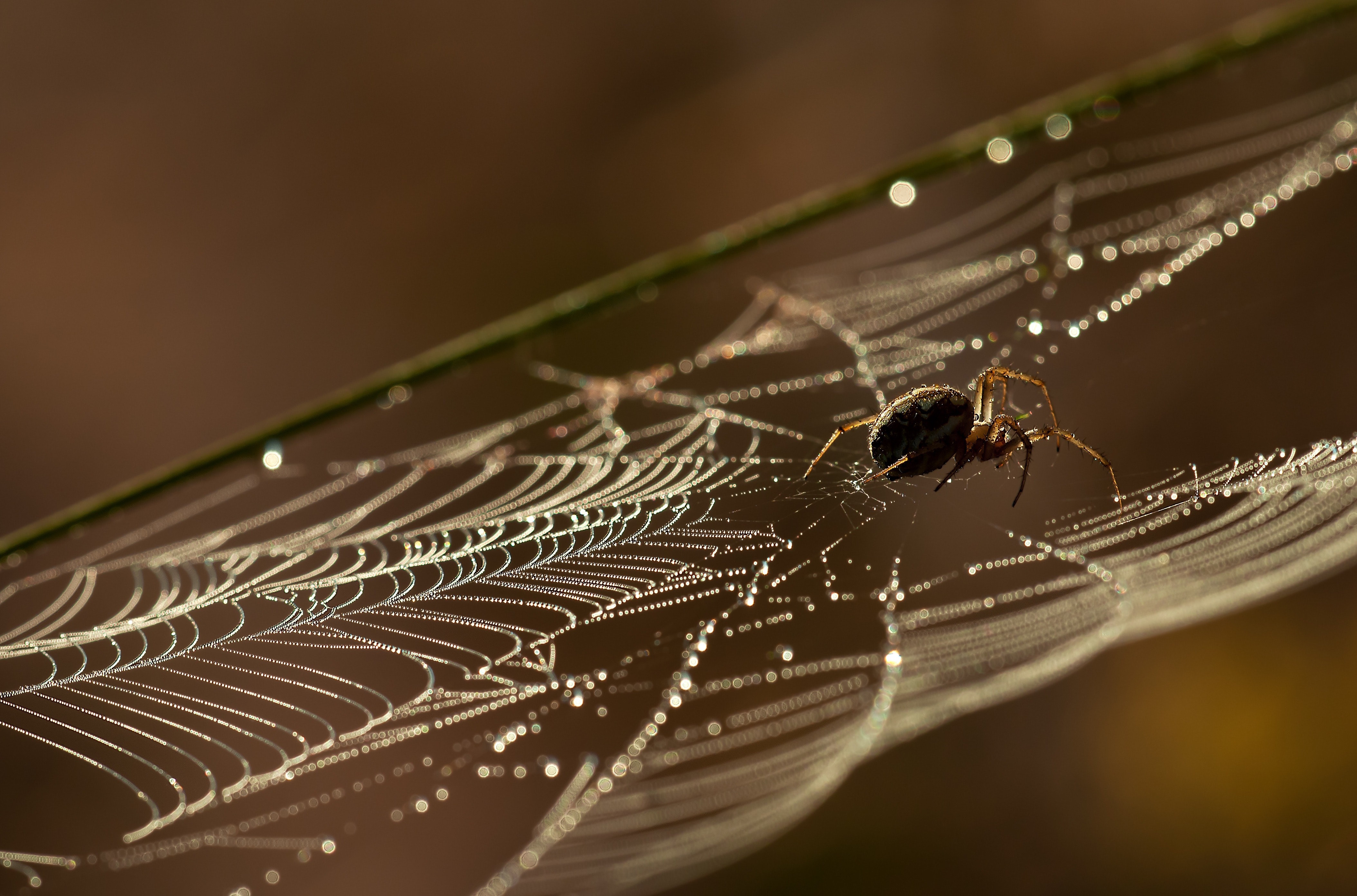
In what is a new approach to using natural products to making plastic-like materials, Professor Qiao is now trying to discover whether he can use traditional chemistry to synthetically produce useable materials directly from amino acids, possibly creating a new industry that could go some way to substituting plastic.
Efforts to harness nature by using amino acids and plant materials to make alternative biodegradable materials aren’t new and are ongoing.

Sciences & Technology
Designing the materials of the future
One of the challenges of using plant materials like starch as the basis of alternative biodegradable materials is ensuring they can withstand water and wear long enough to be useful.
Other research is focusing on copying the process nature uses to produce proteins from amino-acids using DNA, which is how organisms process amino acids into proteins.
For example, Professor Qiao’s team is collaborating with Professor Thomas Scheibel’s team at the University of Bayreuth in Germany where researchers have developed a process that partly replicates the way spiders make their silk by using amino acids, spider DNA and fermenting bacteria in a biological process.
Professor Qiao wants to skip using DNA and instead use chemistry to synthetically develop usable materials from amino acids. It’s a process he believes has the potential to be more efficient and more readily scalable.
“We want to use chemical processes rather than DNA and that makes it potentially faster and cheaper,” he says.
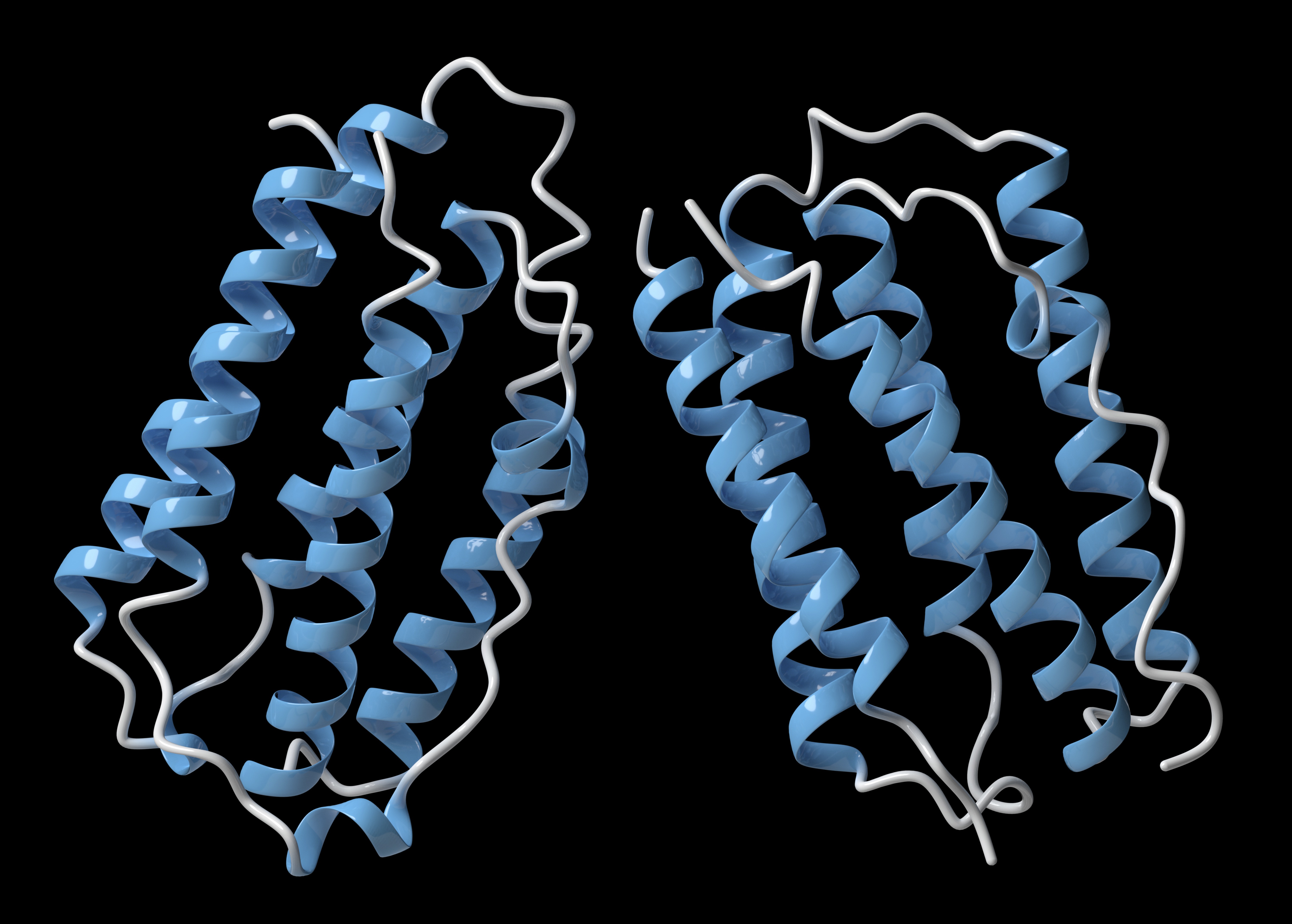
What makes amino acids so special is that unlike plastic, rather than just forming chains of molecules, they can also readily form coiled and pleated structures, called alpha-helix and beta-sheets respectively, that help provide stability and rigidity.
“This why amino acids can build materials that are so amazing, like spider silk,” says Professor Qiao.

Health & Medicine
Reading the body’s electrical signals to treat illness
In the laboratory, Professor Qiao’s team has already synthetically produced a gel and fibres from these chemically produced helix and sheet molecular structures – sufficient to make an electrospun mat.
Electrospinning involves passing a solution through a syringe and using static electricity to make spun fibres.
“The strength of the molecular sheets we have so far been able to produce is stronger than plastic,” he says.
“It’s acid and heat resistant, but at the same time the right enzymes, like the enzymes you find in the soil, will chop up the molecule chain and completely degrade it.”
It means the team has the potential basis of new materials, if they can create long enough chains of amino acids. That makes Professor Qiao optimistic that they may be able to create useful materials like gels, waterproof coatings and fibres spun into longer threads like polyester, or pressed together into a sheet in the same way we make paper.
If they can do that, the next challenge would be to make these flexible amino-acid based materials stronger and stiffer to replicate hard plastics.
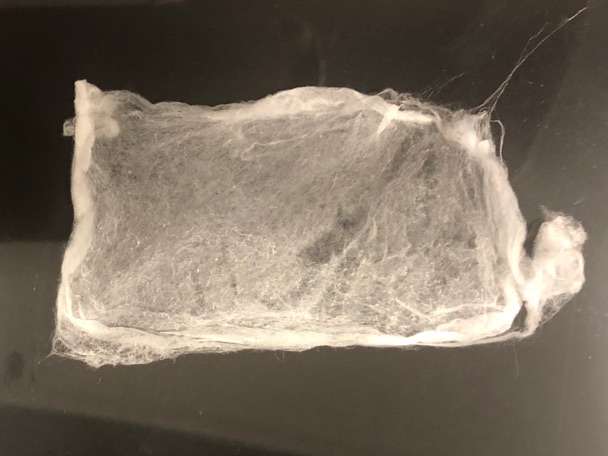
All of this depends on the success the researchers have in shaping the chains of amino-acids, called peptides, into formations that have the characteristics of a wide range of plastics, like flexibility and hardness.
“We need to explore more and we need to start with something that looks achievable, and then we can move on to the more difficult challenges. We are at the very beginning of this,” says Professor Qiao.
“Chemistry-wise, given what we already know and what people have done, I think there is no reason this can’t be done.”

The next challenge is establishing a supply chain of amino acids to support a plastic-making industry. Potential sources, he says, could come from plant and animal waste, or even algae.
Professor Qiao’s idea to synthetically produce amino-acid based materials as a replacement for plastics has stemmed from his team’s earlier work using chains of amino acids to engineer a new antibiotic.
Naturally occurring antibiotics, those killing machines that eliminate bacteria, are made up of chains of amino acids.
But Professor Qiao’s PhD student Shu Lam has developed a synthetic antibiotic, dubbed Structurally Nano-engineered Antimicrobial Poly Peptide (SNAPP), which is proving deadly in the laboratory against some of the superbugs that have developed resistance to naturally occurring antibiotics.
“The SNAPP work helped us to understand more about how to make synthetic chains of amino acids and how these secondary structures, the alpha-helix and beta-sheets, can play an important role in the properties of materials,” says Professor Qiao.
“But, just one approach won’t solve all our needs for different plastics. And, in some cases, there will continue to be a role for carbon-based plastic,” he says.
“But ultimately, we need to balance our use of plastic with more sustainable alternatives.”
Banner: Getty Images